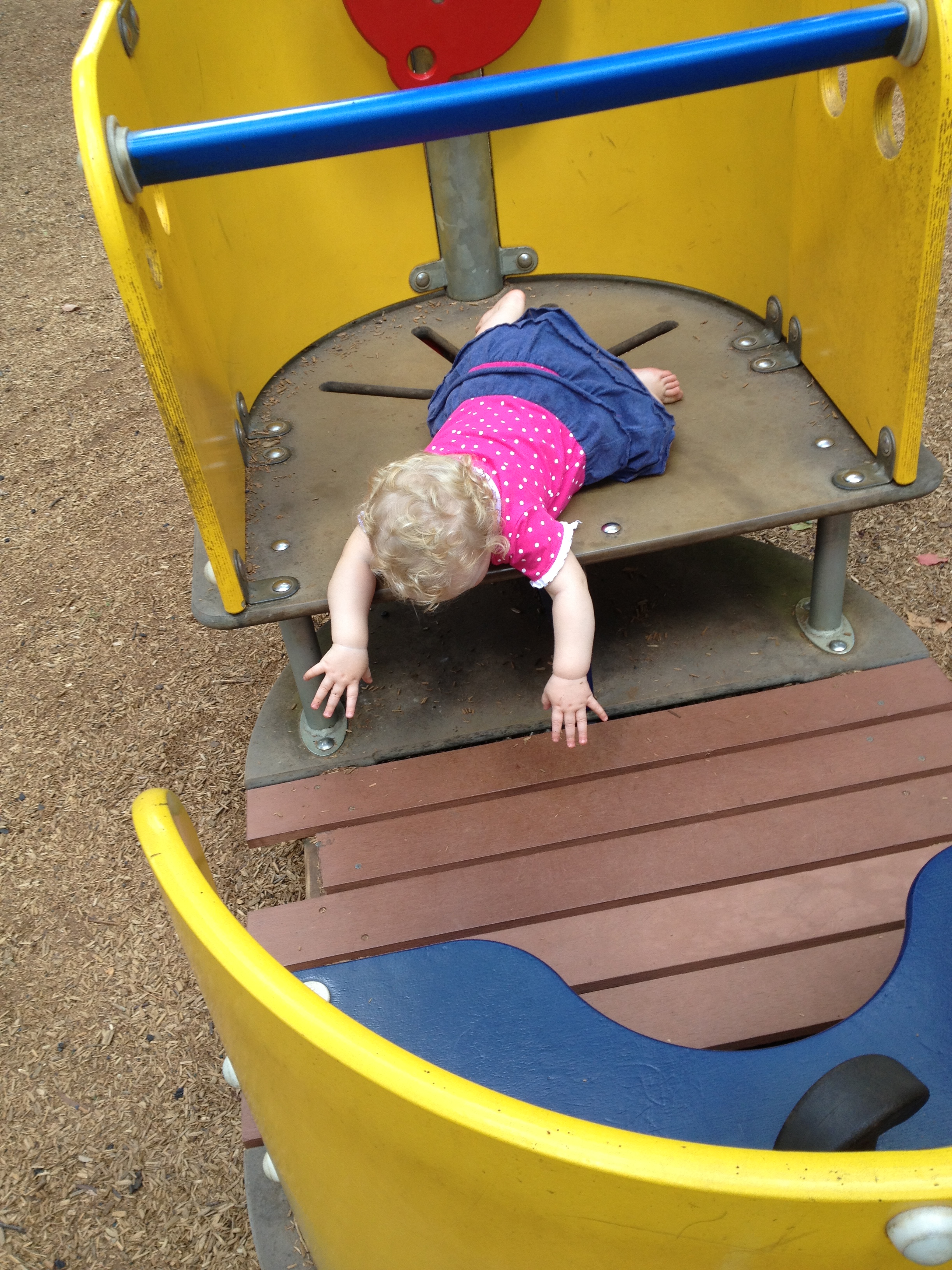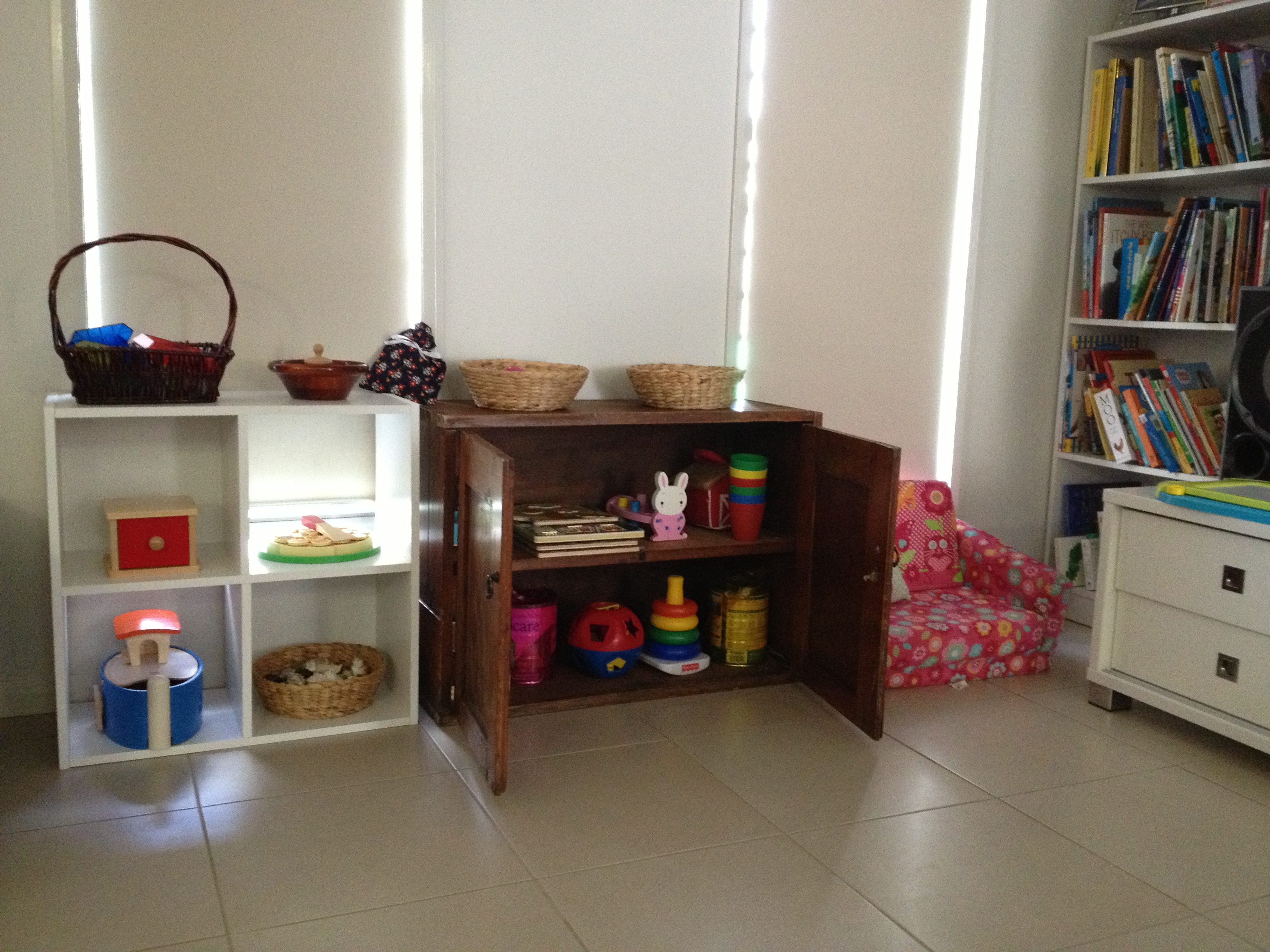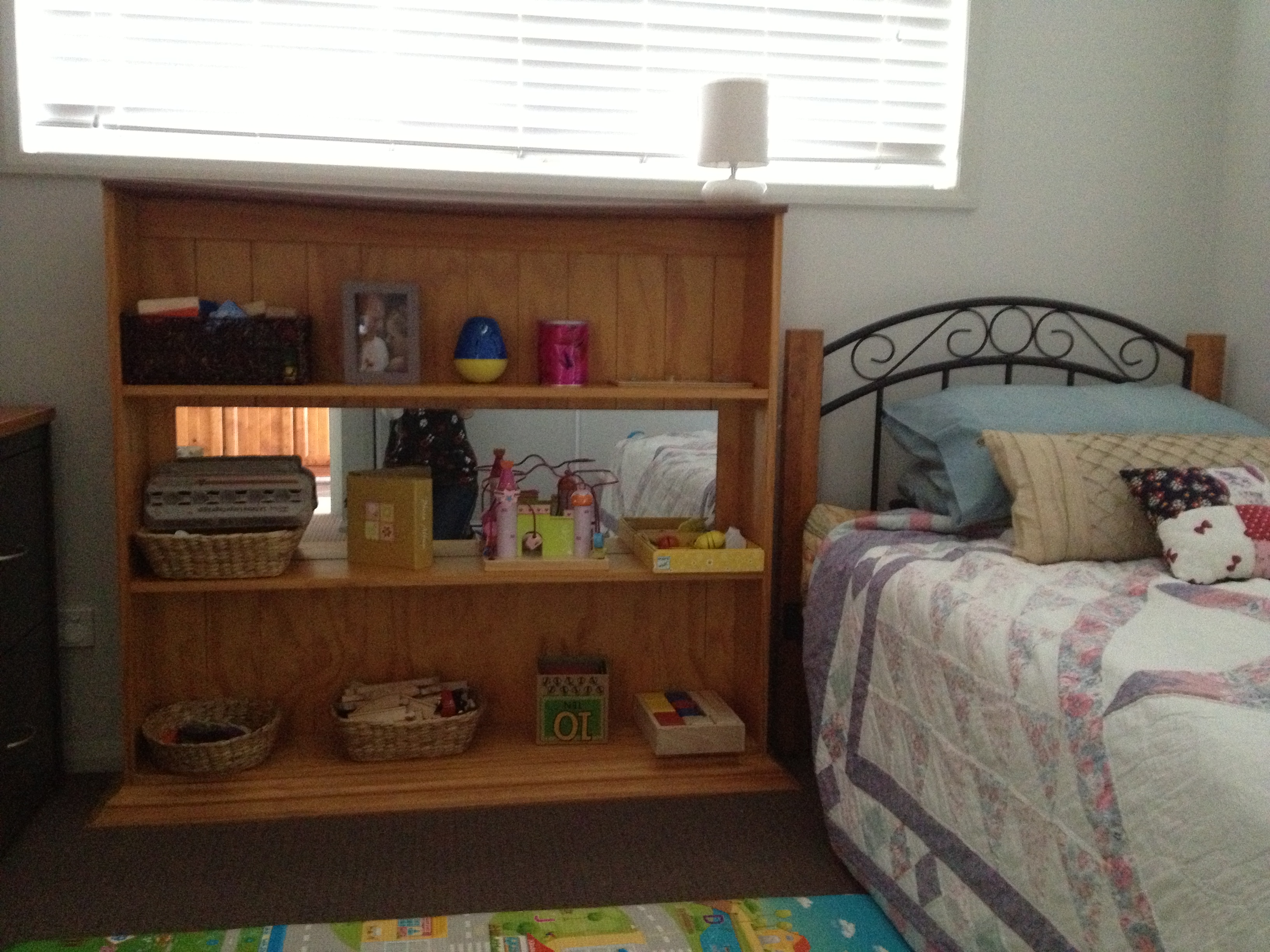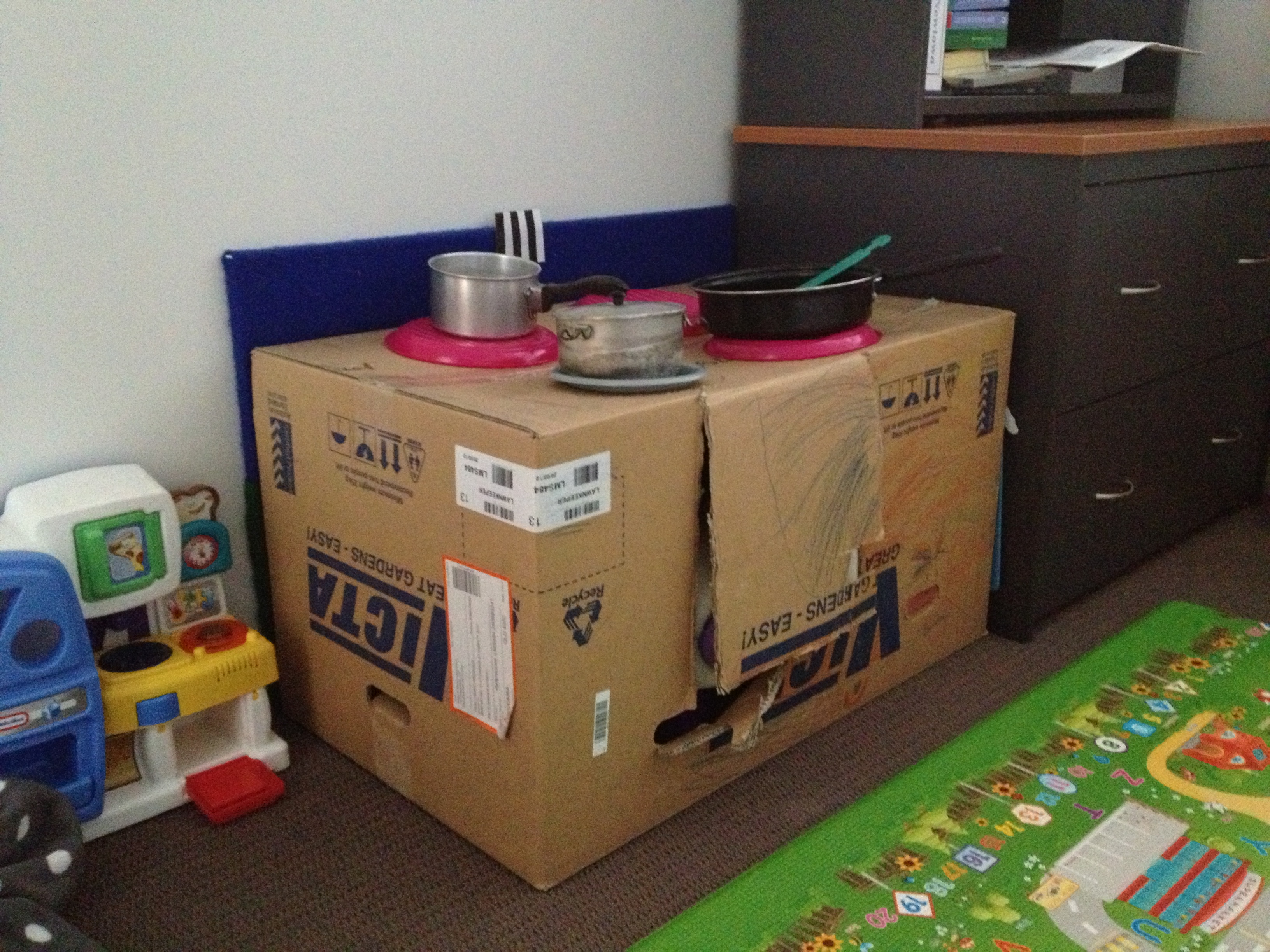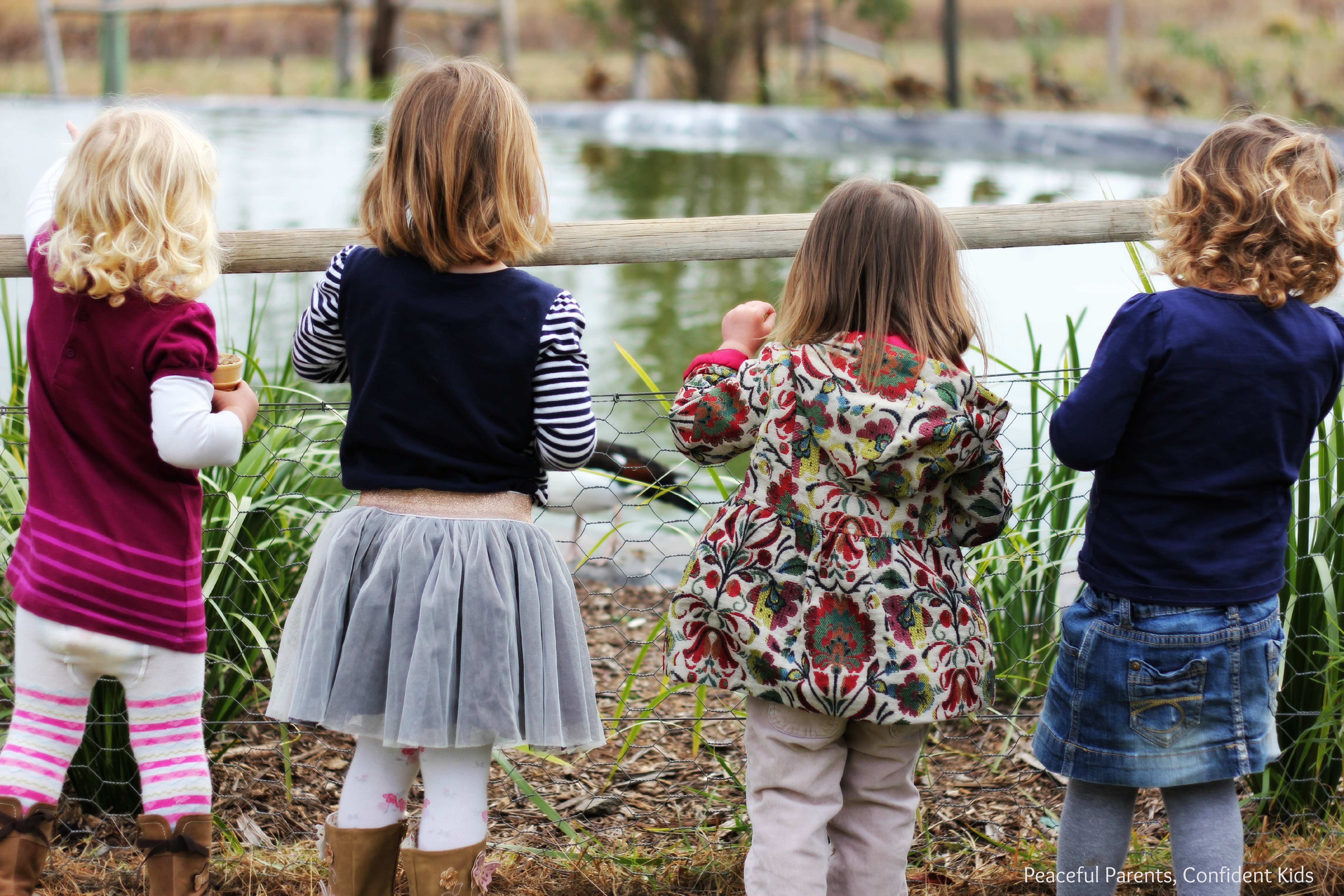 Having been a teacher for 12 years, I had always thought I would have a distinct advantage over other parents who had not trained in this area in giving my children a leg up in their education. After all, I knew all the little tricks for learning, I knew what needed to be learned (or I thought I did) and I knew how hard it could be for a child who was behind in their work and could never seem to get on top of things. I was determined that my children would begin their schooling half-educated and ready to hit the ground running, not having to struggle through.
Having been a teacher for 12 years, I had always thought I would have a distinct advantage over other parents who had not trained in this area in giving my children a leg up in their education. After all, I knew all the little tricks for learning, I knew what needed to be learned (or I thought I did) and I knew how hard it could be for a child who was behind in their work and could never seem to get on top of things. I was determined that my children would begin their schooling half-educated and ready to hit the ground running, not having to struggle through.
So after the birth of my first daughter, even though I had switched to mother mode and was to take a year’s leave from teaching, I just couldn’t quite separate my role as a teacher from that of a mother. I religiously read to my baby, showed her flashcards naming all the objects, got little foam letters for the bathtub to spell out her name, went through all the shape names as we poked them through the shape sorter and on it went. I even went so far as to order the ‘Your Baby Can Read’ program and for a little while, plonked my baby in front of it as if it would somehow miraculously teach her to read. Oh dear, how wrong I was!
I have since learned that teaching is not in the role description of a parent – at least, not explicitly. I am not employed by my babies to teach them the alphabet, maths, or even how to walk, talk or eat their food. My role is as a guide only. I am here to provide them with an environment which provides them with safety and security as well as the experiences for them to learn for themselves.
My children are best served by me sitting back and observing. Showing them how to do things instead of trusting them to work it out for themselves, insisting they point out the red sheep in the book we are reading together, involving myself in their play by showing them how tall I can build a tower of blocks or interfering in their daily struggles and challenges not only pressures them to do more and know more than they already happily do but also robs them of the opportunity to develop even more important life skills such as perseverance, hypothesising, resilience, forming conclusions, risk taking, cause and effect and the list goes on.
Like Magda Gerber once said:
“Be careful what you teach, it might interfere with what they are learning.”
A child who is not taught, gains the opportunity to experience the self-pride and confidence which comes when an achievement is made all by themselves. This can only serve to foster a lifelong love of learning which is paramount in arming our children for the lifetime of formal learning they will gain at school or in the workforce.
There is one thing we can be sure of with our children and that is that they are all born with an innate desire to learn. If I don’t show my children how to walk, will they never take those first steps in their lifetime? If I never teach my child the alphabet, does that mean they will never learn it? The thing is, a child’s desire to learn is far stronger than our need to teach and when the time is right for them, our children will seek out the knowledge they wish to continue to grow and develop at their own pace.
I have also discovered that there is nothing more joyful than watching your child persevere through frustrations, only to eventually triumph and complete the task they had set out to do. Jean Piaget wisely pointed out:
“When you teach a child something, you take away forever his chance of discovering it for himself.”
And when you see the smile light up on your little one’s face when they make the discovery or accomplish a task you will soon realise the importance of Piaget’s message. It is especially affirming when they immediately re-enact a struggle they just made it through as if to reassure themselves that they can do it and will continue to be able to do it when they need to in the future.
I now know that being present whilst my, now two, children are at play is all I need to do to ensure they learn all the vital skills they’ll need to be well-equipped for their lifetime of learning. In doing this, I also realise that they’ll actually learn far more than if I had continued to try to teach them everything at every opportunity.
- When my daughter climbed into this boat structure at the local playground earlier this week, I sat with her for nearly 20 minutes whilst she struggled to work out how to get back out. She tried going backwards and forwards on her tummy and then tried standing and holding on whist stepping down. Each time she would cry out in frustration and look to me for help. I was solid in my resolve and simply sat right near her and calmly acknowledged her frustrations and let her know that I would help her if she really needed me to. Each time I spoke this to her, she would look away from me and have another attempt. Although she was whinging, it was clear she didn’t want me to interfere. Eventually she got down by wriggling backwards feet first. It was then time to leave the park. I was back there today and you can guess where she made a beeline for when we arrived. Yep, the boat. She climbed straight up and then came straight back down, head first this time, within about 10 seconds. She then repeated this several times, alternating between going head first and feet first. Not a whinge to be heard but plenty of beaming smiles 🙂

